7 Signs Of Stress In Captive Dolphins
The sudden transition from the sea to the cage is traumatic for dolphins. Here are the most common signs of stress in captive dolphins.
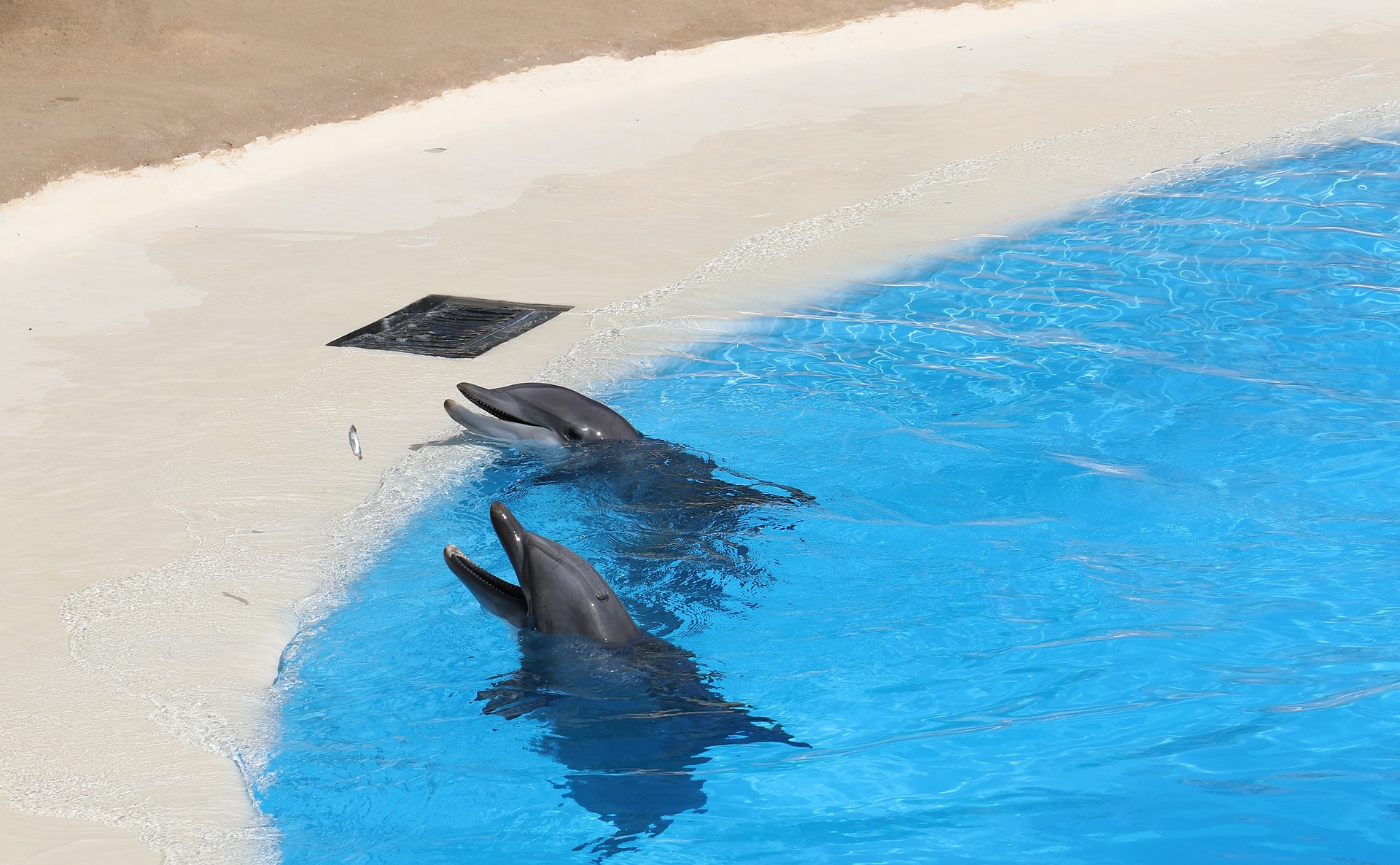
Imagine how you would feel if you were suddenly taken away from your friends and family to another place. No prior information. No warning. Nothing.
Worst of all, on getting there you are forced to remain in confinement against your will!
This is the plight of dolphins in captivity though their captors would want to convince you otherwise. The signs that a dolphin or other cetacean is undergoing stress are noticeable, some more noticeable than others.
After observing these creatures in captivity for many years, here are 7 of the most common signs of stress in captive dolphins that their “owners” don’t want you to know about.
7 Common Signs Of Stress In Captive Dolphins
1) Shock
In the scenario above the first thing the animal feels is anxiety, sadness, and weariness that will eventually lead to shock.
Dolphins are social creatures and highly intelligent. They feel many of the emotions humans do and that’s why they are treated with different kinds of medications almost from the time they arrive. But despite these doses, many of them don’t survive the first few months in confinement. In fact, probably 8 out of 10 captured dolphins don’t make it through the first year.
2) Collapsed Dorsal Fin
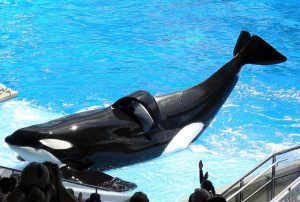
Another very common sign of stress in captive dolphins is a collapsed dorsal fin.
I bet you are familiar with dorsal fins.
If not, that’s the part you saw in the movies “Jaws” which is visible above the water surface when the shark is on the move.
Like sharks, dolphins have dorsal fins too. And, they are naturally vertical, firm and steady. That’s how the dorsal fin of a healthy dolphin should look.
Granted, a collapsed dorsal fin could be attributed to several factors like genetics, gravity, and injury while playing. However, why is it that only about 1 percent of orcas (killer whales) in the wild exhibit collapsed dorsal fins while almost every captive orca has a collapsed one?
It just doesn’t add up.
This sign is one of the first results of confinement in a small space. Dolphins love to swim freely in water, and they swim pretty fast too. That’s why it’s not advisable for them to be restricted in any way.
3) Physical Aggression
Most captive dolphins are placed in a tank with other dolphins as well. That’s because their owners have only small tanks for specific fish, or they have a limited budget.
The problem with this set up is that once one dolphin is stressed, there’s a high chance that the other dolphins will begin to feel the effects. They lash out at tank mates in frustration resulting in fights and very severe bites.
Confined dolphins will fight other tank mates and even self-mutilate.
4) Frequent Vomiting
If a dolphin has minimal mental activity they tend to vomit their food intake frequently. This happens quite often. Also, the worst thing about this is they tend to play with their vomited food!
Extremely unhygienic indeed.
To avoid some of these problems, dolphin keepers have to routinely interact with dolphins through playing, games and other activities to stimulate their brain. This may reduce the animal’s stress levels to some extent.
5) Dental Problems
If you’ve ever experienced a toothache then you know it’s one of the most painful, miserable, and irritating conditions possible.
Right?
When dolphins are stressed (usually due to boredom), they will begin to bite into the metal bars of their cages. Or just anything they can bite just so they have something to do. Consequently, some of their teeth actually break causing the animal severe pain.
Remember the saying “an idle mind is the devil’s workshop?” Well, apparently it’s the same for dolphins too. All that intelligence must be used somehow and it’s better to do something than to do nothing at all.
Broken and chipped teeth is extremely common among captive dolphins.
6) Repetitive Swimming Pattern
Noticed a different pattern in your dolphin’s swimming lately?
Last time you were waiting in a room for an important meeting, or waiting outside an emergency room you may have noticed people walking back and forth. They’ll sit, then stand again and walk back and forth continuously. You may be even be guilty of this yourself.
This kind of repetitive behavior is the direct result of anxiety, boredom, and even fear.
Dolphins will swim and swim back and forth in circles all day just to pass time and out of boredom. There is a high chance that you will see this behavior in a confined and unattended or neglected dolphin.
7) Strange Illnesses
If dolphins aren’t taken care of, you will find skin lesions which are commonly caused by Pox. These “pinhole lesions” may appear singularly or grouped together to form circular marks on their skin.
That’s why it’s so important for their tanks are clean always.
Captive dolphins are also prone to viral, bacterial, fungal, and parasite infections and other conditions not seen in their wild counterparts.
They may also develop stomach ulcers like a human being would when extremely stressed up.
If all this doesn’t prove that dolphins are better off in the wild, then consider this: though wild orcas can live for up to 80 and even 90 years, the longest lifespan for their captive mates is 40 years (female) and 35 years (male).
To learn more about the plight of these beautiful and friendly creatures, you can watch documentaries like Blackfish. You can also help dolphins by refusing to support dolphinariums and other places where they are held in captivity.


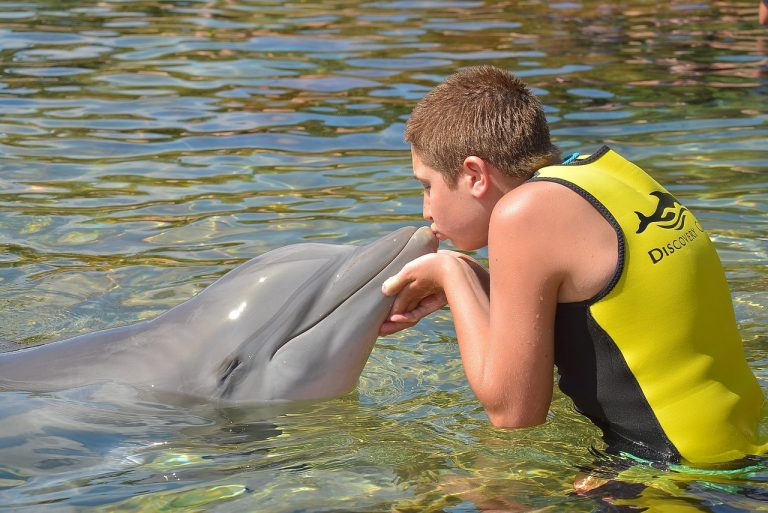
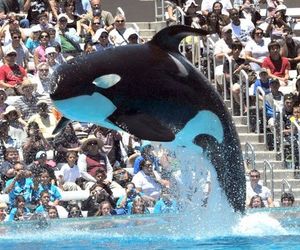
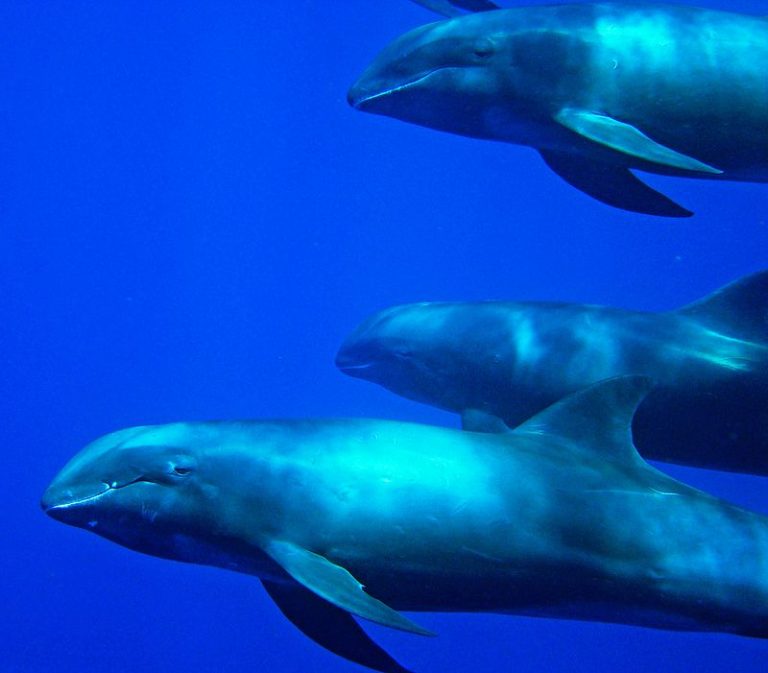
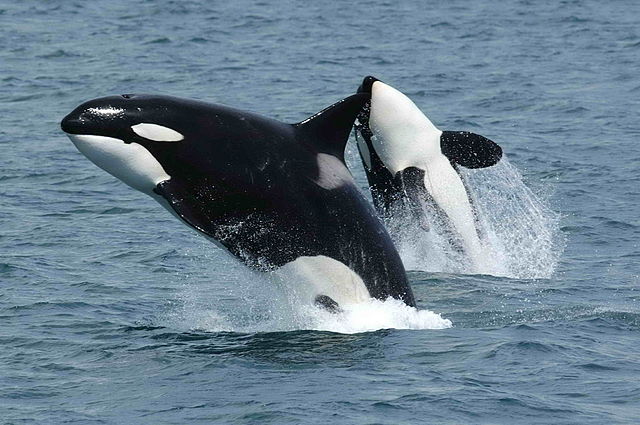
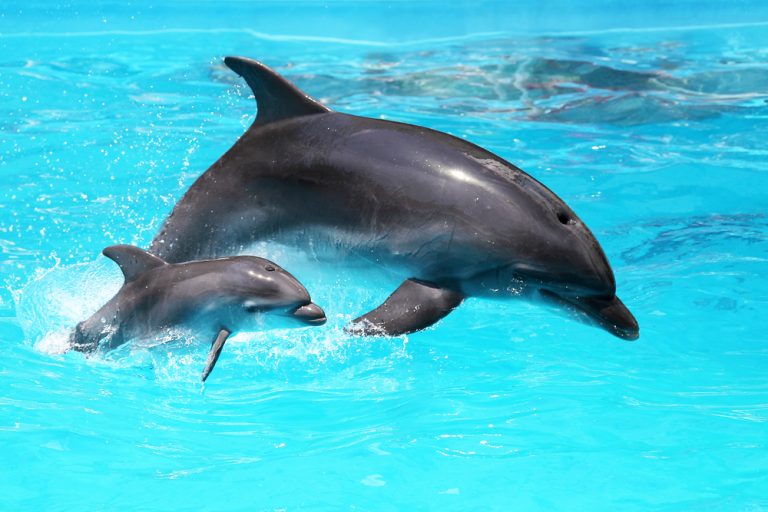
Thank you for the informative article.
It saddens me to see dolphins in captivity.